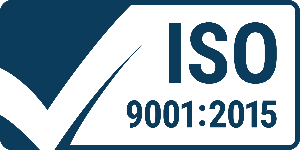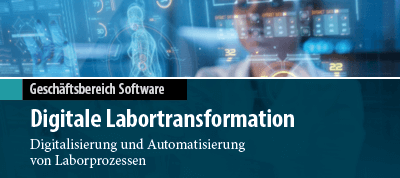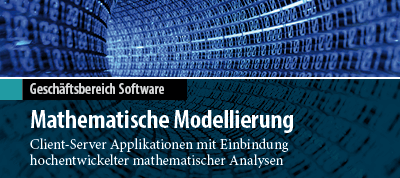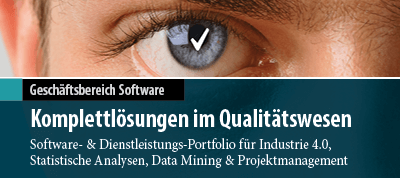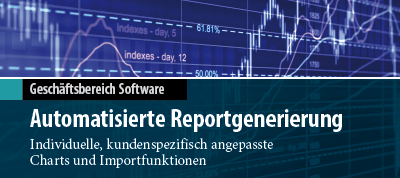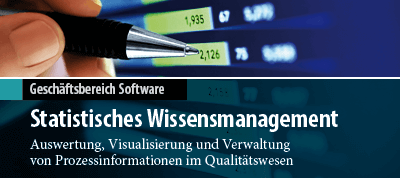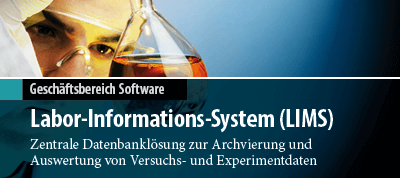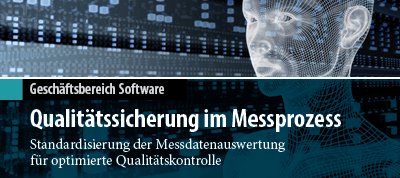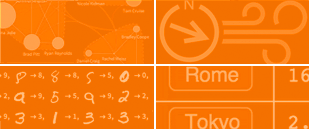Wolfram Language
Introducing knowledge-based programming ...
Designed for the new generation of programmers, the Wolfram Language has a vast depth of built-in algorithms and knowledge, all automatically accessible through its elegant unified symbolic language. Scalable for programs from tiny to huge, with immediate deployment locally and in the cloud, the Wolfram Language builds on clear principles - and 25+ years of development-to create what promises to be the world's most productive programming language.
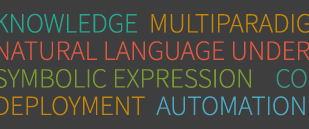 |
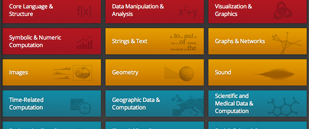 |
Principles and Concepts
- Build in as much knowledge as possible - Knowledge-based programming.
- Automate as much as possible - Meta-algorithms and superfunctions.
- Maximize coherence of design - Everything fits together.
- Represent everything in terms of symbolic expressions - Everything is an expression.
- Have a broad built-in model of the world - WDF: Wolfram Data Framework.
- Mix free-form linguistic input into the language - Natural language understanding (NLU).
- Deploy the language everywhere: desktop, cloud, mobile, embedded ... - Universal deployment.
- Make computable documents part of the language - CDF: Computable Document Format.
- Conveniently connect to everything - WolframLink, Wolfram Connected Devices Project, ...
- Make writing and running programs integrated - Everything is interactive.
- Make programs of any size convenient - Completely scalable.
- The language should be as expressive as possible - Multiparadigm fusion language.
- Maintain long-term consistency and vision - 25+ year lineage.
Wolfram Language Code Gallery
Covering a variety of fields, programming styles, and project sizes, the
Wolfram Language Code Gallery shows examples of what can be done with
the knowledge-based Wolfram Language.
Code Gallery »

